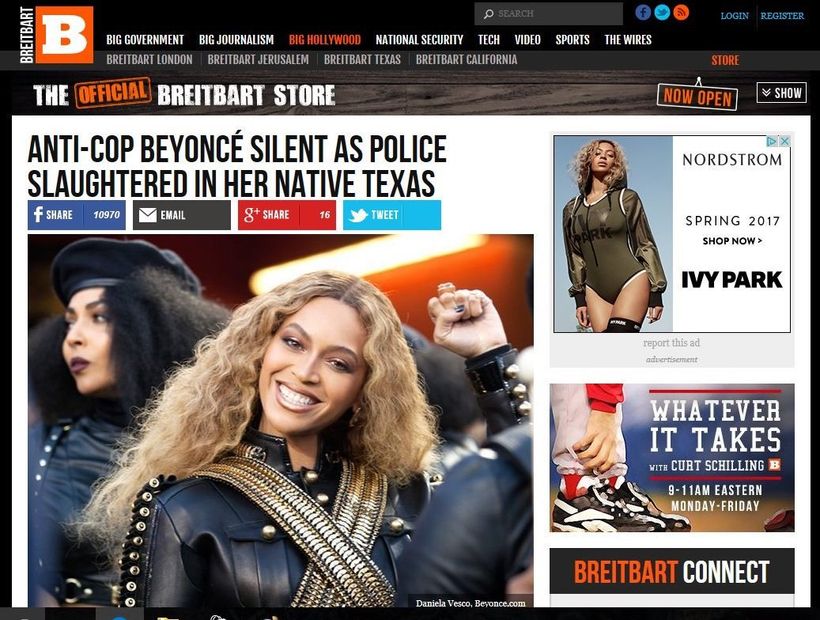by Anurag Harsh, Huffpost (excerpt)
Adobe, at their annual digital summit last week, called on the attendees to remake the world through digital experiences. Around the same time, brands like AT&T boycotted YouTube and Google for featuring their ads alongside hate speech and other questionable content. This incident reveals the pervasiveness and inescapability of digital experience.
“Houston, we have a problem”
Consider that about one billion hours of video are watched every day on YouTube. About 400 hours of video are uploaded to YouTube every minute. This activity amounts to significant exposure for advertisers. In some cases, making or breaking a reputation.
We are deeply concerned that our ads may have appeared alongside YouTube content promoting terrorism and hate. Until Google can ensure this won’t happen again, we are removing our ads from Google’s non-search platforms.” – AT&T spokesperson
Brands were horrified that they appeared to be inadvertently supporting hate videos when their marketing messages were placed next to extremist content on YouTube.
The controversy started in Europe and snowballed into North America. According to the Times, over 250 organizations have ceased advertising on YouTube in the U.K. Notable boycotters include PepsiCo, Wal-Mart Stores, and Starbucks. Google must now regain trust and refine its algorithms to prevent this sort of slip up in the future.
Once we were notified that our ads were appearing on non-sanctioned websites, we took immediate action to suspend this type of ad placement and launched an investigation.” – Verizon
They Always Come Back
Although the maneuver makes for good optics, the practical reality of Google’s ubiquity is unavoidable. Nowadays, YouTube takes up a significant chunk of users’ attention, making YouTube a primary vehicle for marketing. To put it another way, these companies cannot afford to completely shun Google.
Facebook and Google dominate the media landscape controlling 65 percent of the advertising market and 99 percent of advertising growth last year. In fact, Google makes up about 54% of the total growth in digital advertising and Facebook about 45%, leaving a paltry 1% for everyone else. Yes, it’s a total duopoly. Rightly or wrongly, they now control the digital billboards and considering that YouTube is the world’s number-two ranking site (after the Google search page), brands have quite a dilemma on their hands.
Plus, platforms such as Instagram have taken on a cultural role as safe havens, free of hate speech—or at the very least so protected that discrimination and the like are hard-pressed to survive in the curated ecosystem.
For these reasons, I suspect that it won’t be long before these same brands come quickly running back to YouTube. They may soon find that they do not have much of a choice. Infact many brands and publishers continue to use Google’s AdX platform while boycotting Google’s YouTube video platform. AdX according to Google’s website is:
The Google DoubleClick Ad Exchange Service is a service for managing multiple monetization sources of online display advertising inventory. In the Ad Exchange Service, advertisers and ad networks are considered “Buyers”, and publishers and publisher networks are considered “Sellers”
It is also the case that the quantum of what many would classify as objectionable content being uploaded and published onto the Internet is unprecedented. Some brands have tried to blacklist Breitbart News for example but the ads have slipped through the cracks anyway. Nordstrom is just one example – see the ad in the upper right rail below.
All this proves is that Google’s AI algorithms need to become that much smarter in order to filter through the firehose of content coming their way or to ensure at least that their advertisers’ ads do not appear on websites or around videos that the advertisers have black-listed.
“The content with which we are being associated is appalling and completely against our company values.” Wal-Mart
In Sum
Instead of getting injured in conflict, we should reevaluate our needs. We don’t need any buzzwords, like “digital transformation” or “personalization”. And I of all the people am saying this considering I have two of the most viewed videos on the topic of digital transformation on YouTube – this and this!
We need to tackle real problems with real solutions. We need to not just talk about strategy but implement it. Maybe digital futurist Brian Solis got it right when he pointed out: “When it comes to digital transformation, we’re just not as far along as we think we are.” […]



Leave a Reply